
Radar | May 18,2019
May 18 , 2019
By Desta Mebratu (Prof.)
The second summit of the Belt & Road Initiative (BRI), launched by China in 2013, was recently held in Beijing. The BRI is an ambitious effort to improve regional cooperation and connectivity on a trans-continental scale. The initiative aims to strengthen infrastructure, trade and investment links between China and around 70 other countries that account collectively for over 30pc of global gross domestic product (GDP), 62pc of population and 75pc of known energy reserves.
This makes it one of the major, if not the major, global development initiative. BRI is part of China’s strategic objective of becoming an economic superpower in a couple of decades. While it is strongly anchored in maintaining China's long-term national interest, it is quite creative in how it has been promoted to get the buy-in of partner countries from different continents, either by convincing or co-opting them.
A number of African countries, including Ethiopia, have joined this initiative, which claims to benefit all participating countries and the global economy. While the economic and geopolitical benefit to China is obvious, some questions are being raised on how much each country will economically benefit from this initiative.
The most critical objective that all participating African countries should focus on, both individually and collectively, is making sure that their participation in this initiative will make a substantial contribution to the fulfillment of their sustainable development goals. The kind of physical infrastructure that is being discussed under the initiative will constitute the backbone of national and regional economies for the coming decades.
Hence, they inherently have the potential of locking in a country’s economy in a given pattern of development.
One of the major lock-in hazards African countries should be watchful of is not to be locked into an extractive economy that is mainly characterised by the supply of cheap natural resources to the global economy. The second lock-in hazard is the potential to be a dumping ground for obsolete and linear industrial production infrastructure that may make the region a global pollution centre under the disguise of economic growth. This will obviously have a great negative consequence on the wellbeing of its people.
The most critical path through which countries can avoid such lock-in scenarios is by taking every part of the initiative, right from the early stages of planning, through a comprehensive strategic environmental and social assessment process before committing to its implementation. Besides maximising the social benefit and reducing the environmental impact, such a process could also significantly contribute to the long-term economic return from the overall investment. This can be achieved by ensuring optimal integration of the projects implemented under this initiative, both horizontally and vertically, with the respective regional and national development goals and plans.
The second important step would be to deploy existing life-cycle management tools and techniques in the planning and development of each infrastructure component of the initiative. This will enable countries to utilise infrastructural connectivity for developing inclusive, low-carbon and resource-efficient economies. It could also ensure the climate resilience of the major infrastructure to be built by applying the relevant climate-proofing techniques.
Given the nature and geographical scope of the initiative, BRI could have significant potential of making a positive contribution to the fulfillment of the sustainable development goals. However, failure to deploy the right set of planning tools and techniques could, at best, lead to insignificant development outcomes and, at worst, result in major socio-economic and socio-ecological disasters.
Both Chinese and African leaders have generational responsibilities in avoiding the long-term negative impacts of this initiative, particularly on Africa. More specifically, the African Union and its international and regional development partners need to provide coordinated capacity building and technical back-up support to countries undertaking strategic environmental and social assessments of the overall programme in the region and in deploying the relevant life cycle management tools in the planning and development of infrastructure projects.
PUBLISHED ON
May 18,2019 [ VOL
20 , NO
994]


Radar | May 18,2019
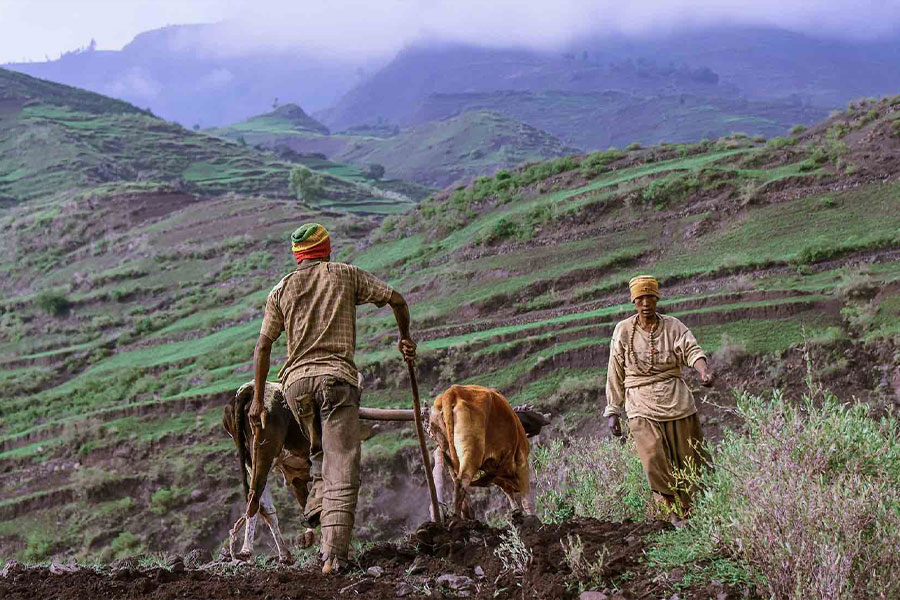
View From Arada | Sep 06,2025
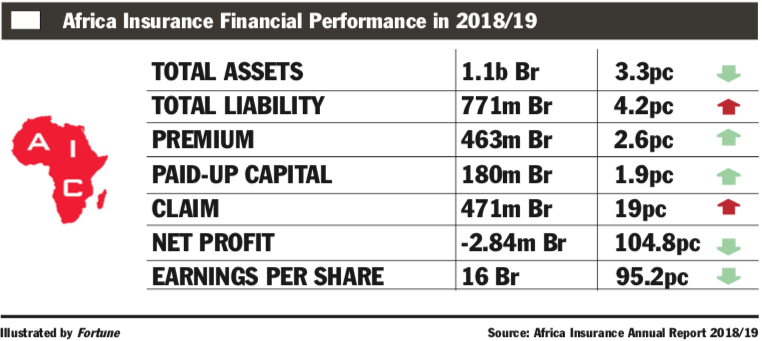
Fortune News | Jan 11,2020

View From Arada | Apr 20,2025
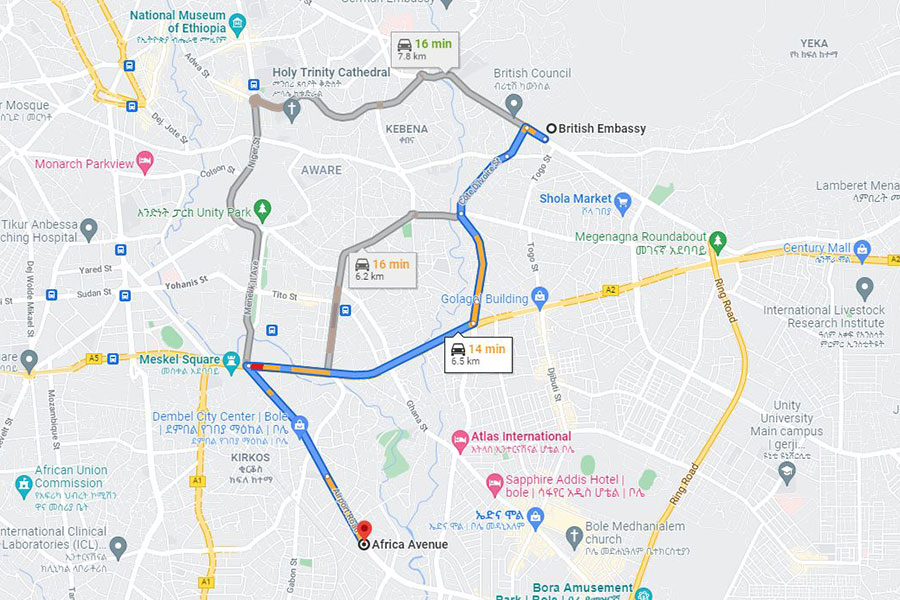
Fortune News | Dec 11,2021

Radar | Oct 08,2022

Fortune News | Feb 11,2023

Commentaries | May 08,2021

Commentaries | May 31,2025

Viewpoints | May 31,2025

Photo Gallery | 154305 Views | May 06,2019
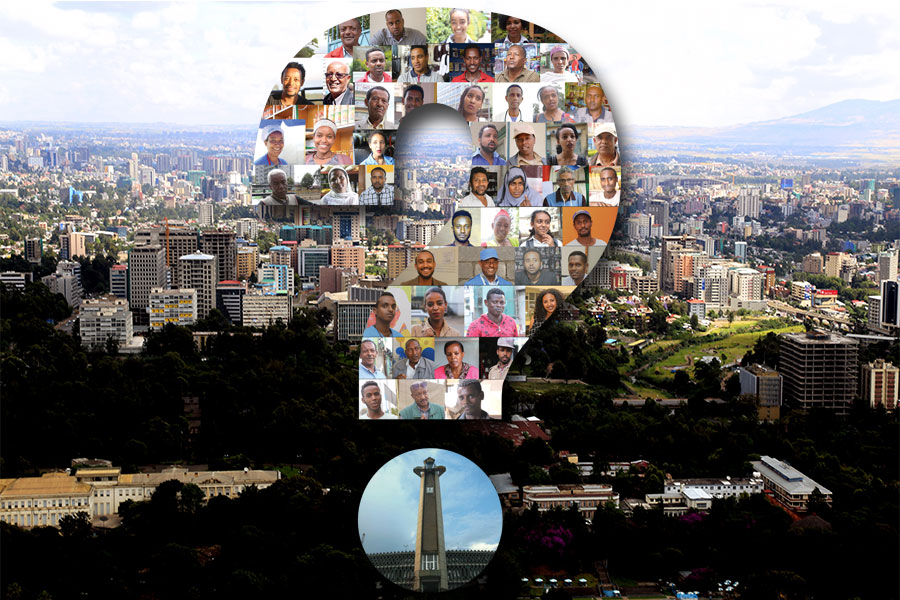
Photo Gallery | 144553 Views | Apr 26,2019

My Opinion | 134963 Views | Aug 14,2021

Photo Gallery | 132872 Views | Oct 06,2021

Dec 22 , 2024 . By TIZITA SHEWAFERAW
Charged with transforming colossal state-owned enterprises into modern and competitiv...

Aug 18 , 2024 . By AKSAH ITALO
Although predictable Yonas Zerihun's job in the ride-hailing service is not immune to...

Jul 28 , 2024 . By TIZITA SHEWAFERAW
Unhabitual, perhaps too many, Samuel Gebreyohannes, 38, used to occasionally enjoy a couple of beers at breakfast. However, he recently swit...

Jul 13 , 2024 . By AKSAH ITALO
Investors who rely on tractors, trucks, and field vehicles for commuting, transporting commodities, and f...
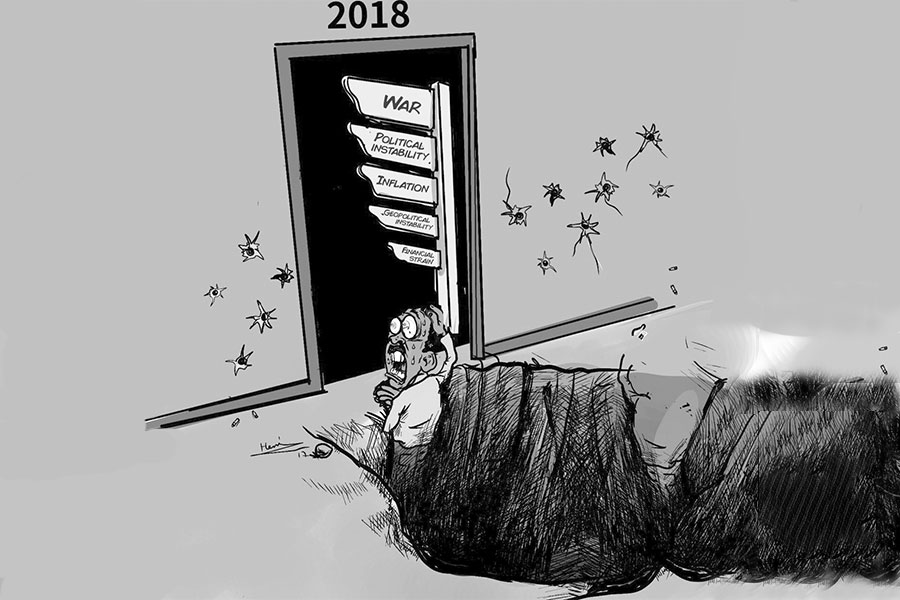
Sep 6 , 2025
The dawn of a new year is more than a simple turning of the calendar. It is a moment...

Aug 30 , 2025
For Germans, Otto von Bismarck is first remembered as the architect of a unified nati...

Aug 23 , 2025
Banks have a new obsession. After decades chasing deposits and, more recently, digita...

Aug 16 , 2025
A decade ago, a case in the United States (US) jolted Wall Street. An ambulance opera...
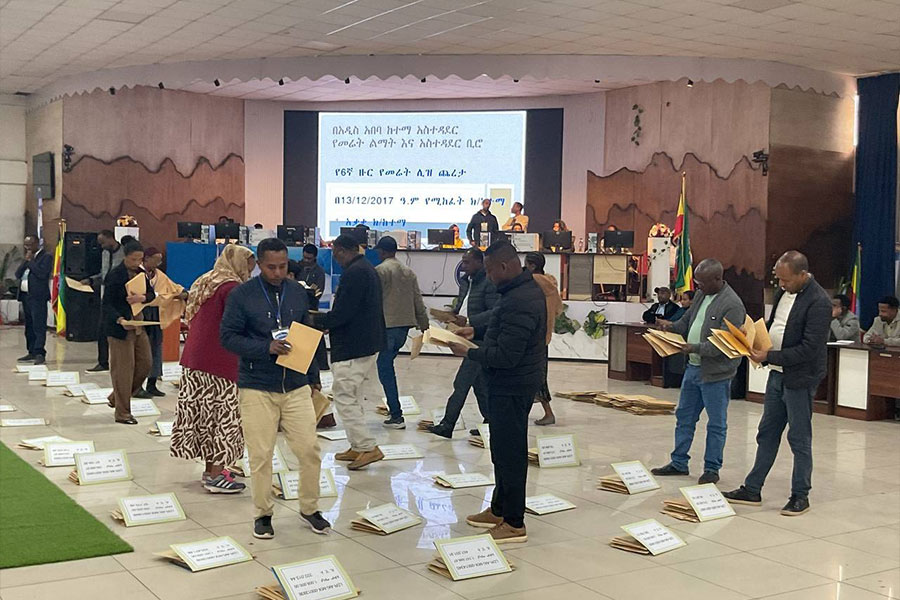
Sep 7 , 2025 . By NAHOM AYELE
Addis Abeba's sixth public land lease auctions after a five-year pause delivered mixe...

Sep 7 , 2025 . By BEZAWIT HULUAGER
Brook Taye (PhD), the chief executive of the Ethiopian Investment Holdings (EIH), is...

Sep 7 , 2025 . By BEZAWIT HULUAGER
For decades, Shemiz Tera in the Addis Ketema District of Atena tera has been a thrivi...

Sep 7 , 2025 . By NAHOM AYELE
A dream of affordable homeownership has dissolved into a courtroom showdown for hundr...